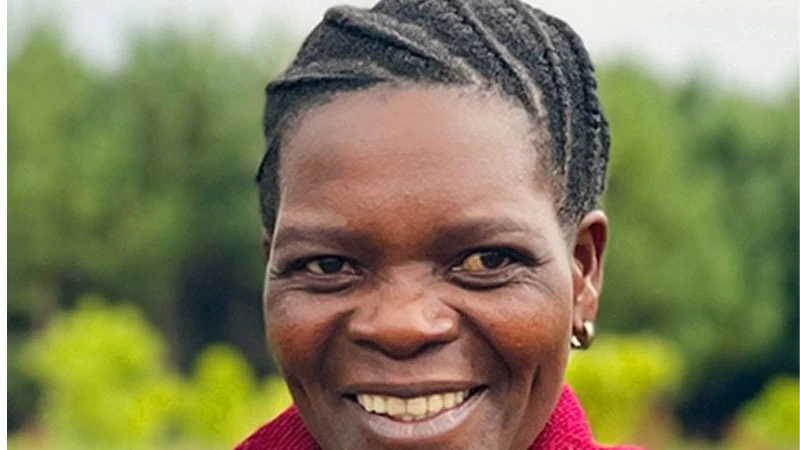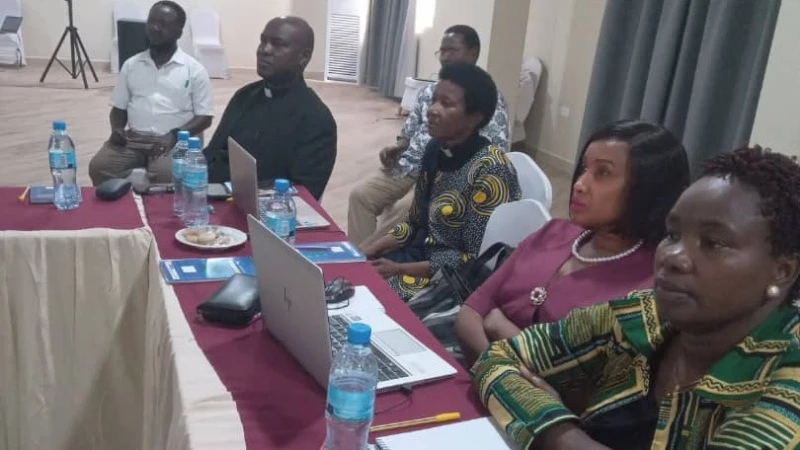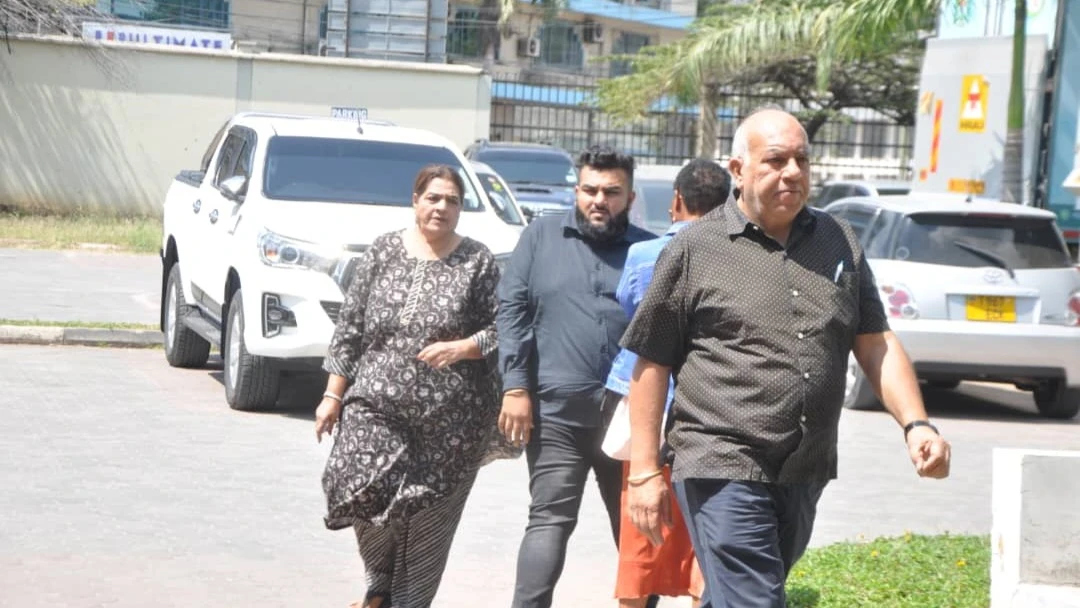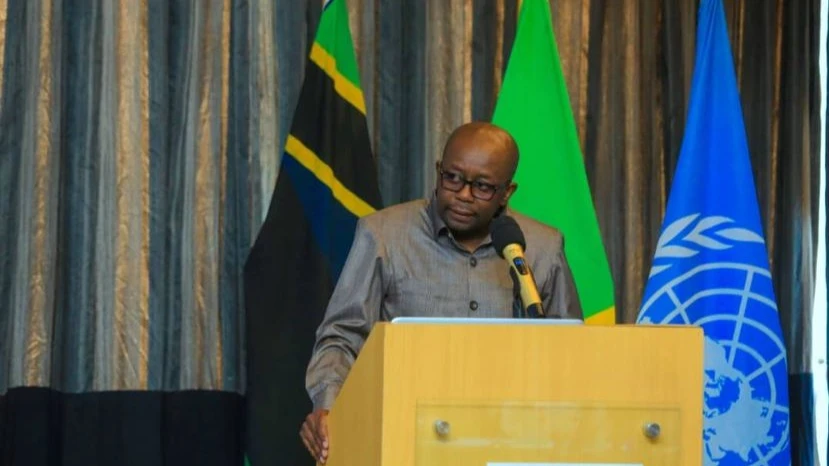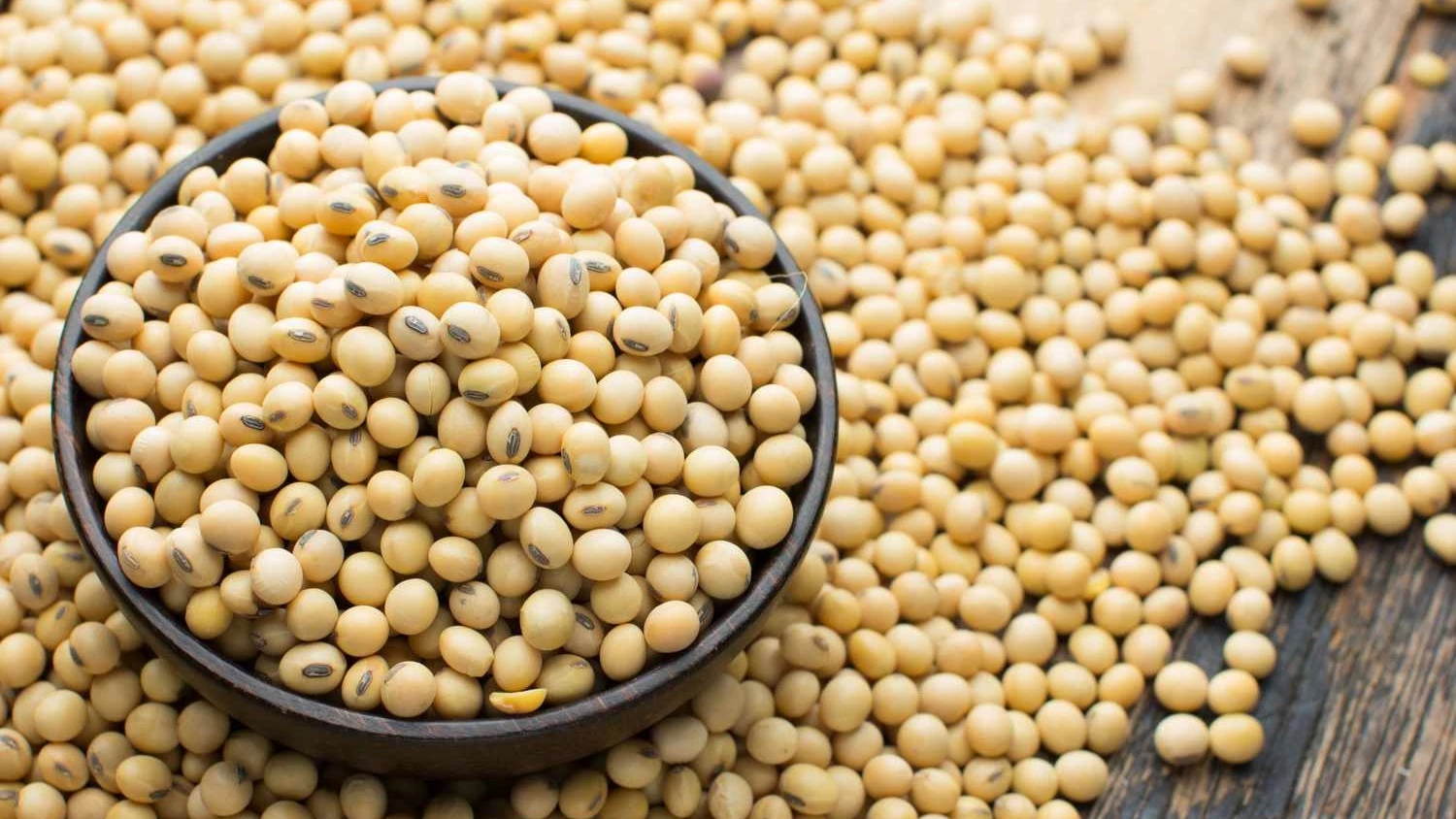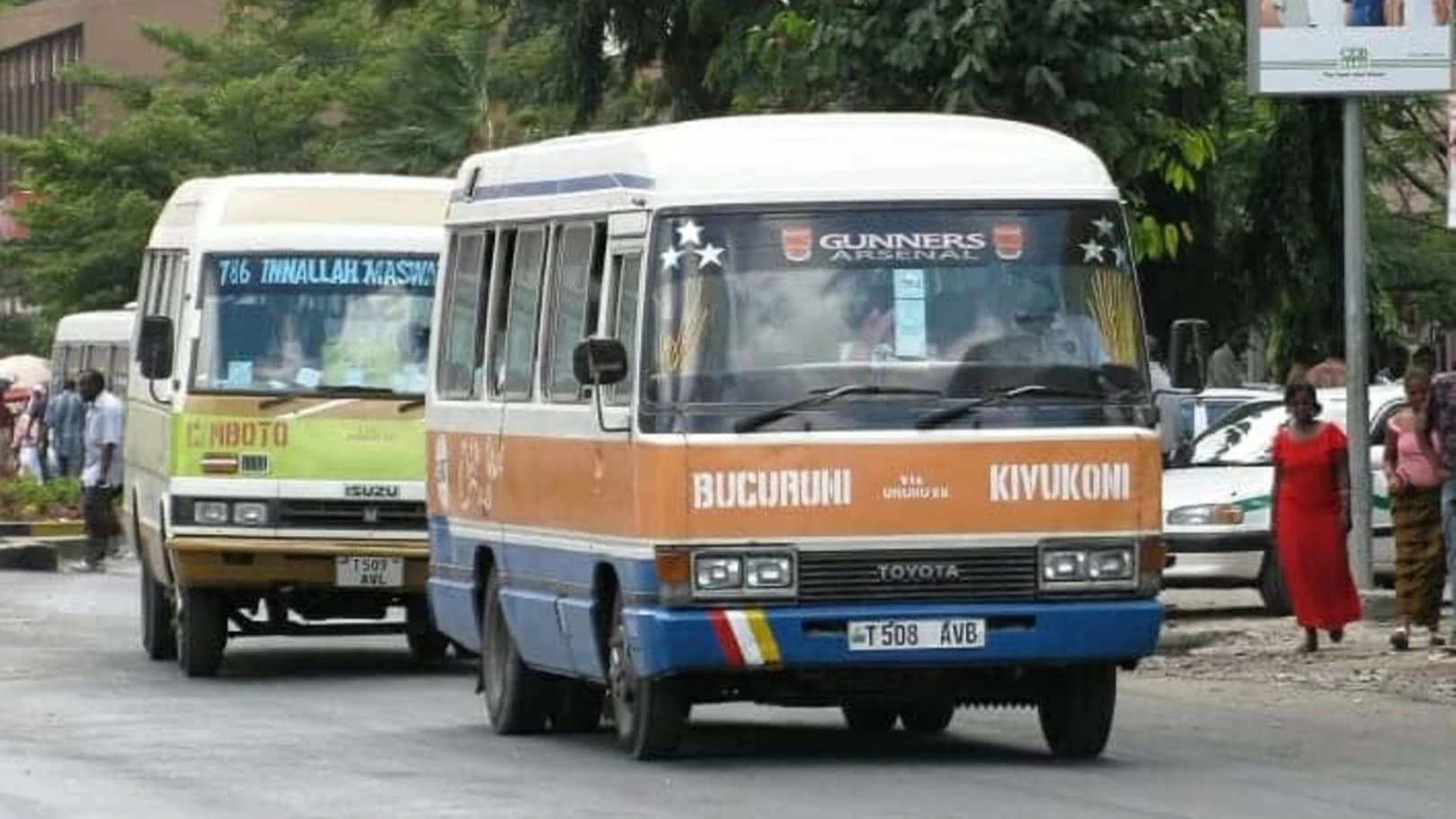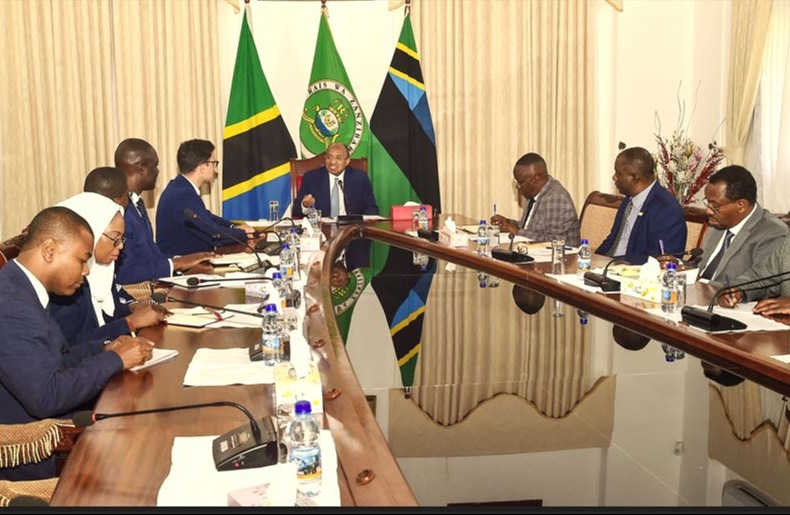New technology to help farmers get rid of fruit flies, boost mango production

FRUIT flies affect the production and market of fresh fruits worldwide including mangoes, cucumber, tomatoes. They are a significant threat to the horticulture sector in Tanzania, causing up to 80 percent crop loss if left unmanaged.
These pests, particularly invasive species like Bactrocera dorsalis, can devastate fruit production, impacting both local consumption and international trade.
Traditional monitoring methods, which involve manual inspection of pheromone traps, are labour-intensive, time-consuming, and prone to errors. This necessitates the development of more efficient and accurate methods for detecting and monitoring fruit flies to ensure timely and effective pest control measures.
The government through the Dar es Salaam Institute of Technology (DIT) has developed a new fruit fly automatic detection and monitoring system dubbed: ‘Fruit Flies (IoT) system’ which is expected to help mango growers in controlling pests.
The innovative technological system is executed under a five years (2021-2026) project—Adaptive Environmental Monitoring Network for East Africa (AdEMNEA) with funding from the Norwegian Agency for Development Cooperation (NORAD).
DIT partnered with Makere University (MAK), Uganda, University of Juba (UoJ) in South Sudan, University of Bergen and the Norwegian University of Science and Technology (NTNU) whereas they received a grant from NORAD for implementation of AdEMNEA project. Project implementation started in 2021 and is expected to end in 2026 with Tanzania focusing on pest control.
Dr Mbazingwa Mkiramweni from the Department of Electronics and Telecommunications Engineering at DIT told The Guardian that the new technology would also benefit other fruit growers countrywide.
Explaining, Dr Mkiramweni said the Fruit Flies (IoT) system is solar powered equipped with electronic sensors to assist mango growers and researchers to monitor, counts and detect mango fruit flies in mango farms without regular on –site visits.
The system will also help researchers to obtain different data in- terms of the number of fruit fly captured, fruit flies image, humidity, temperature, reducing the need for frequent field visits and enabling real-time data collection and analysis.
How it works
Dr Mkiramweni said the system attracts fruit flies inside the trap and kills the insects, take picture and send them via internet and can send alert to farmer when insects start or exceed determined level and is equipped with electronic sensors for accurate and efficient monitoring activities.
“We are glad to come up with the new system that represents a technological advancement in pest management. To start with, the system will in August this year be installed at Koga farm in Mkuranga District, Coast Region to minimize the effects. We are installing the system as a pilot before taking it to other farms,” he said.
It uses various technologies such as image recognition, artificial intelligent, and IoT to automate the detection, identification and counting of fruit flies. The system has a trapping part (fruit fly trap) and receiving end (user interface) where data can be viewed and interpreted.
He added that the trap contains a chemical known as pheromone which can lure the insects up to 100-meter radius from the trap, the camera that takes pictures of the captured insects after a specified time interval, the humidity and temperature sensor for monitoring the environment conditions, the small computational device for processing data and communication devices for transferring the information to the end user.
“The system is solar powered and has a motorized mechanising which can rotate the base of the trap so as to pour out the insect or placing them in the lower part of the container for storage,” Dr Mkiramweni told The Guardian, adding, the receiving end is a webpage that display the pictures of insects captured, the amount of temperature, humidity, the number of insects captured and the graph indicating the number of insects captured for a specified amount of time.
These systems can continuously monitor the number of fruit fly captured, reducing the need for frequent field visits and enabling real-time data collection and analysis.
By leveraging these advanced technologies, the automatic detection system provides accurate and timely information that can inform farmers, agricultural officers, and researchers, facilitating more effective pest management strategies.
Benefits
Before DIT came up with the intervention, experts met with members of the Association of Mango Growers (AMAGRO) whereas they discussed the main challenges that mango grower’s face as well as other factors affected fruit production.
This is where mango growers raised concerns on fruit flies especially ‘Bactrocera Invadens’ flies which spreads diseases thus causes the mango to rot. The main goal was to help them to prevent fruit flies that cause damage in their farms, thus enabling them to produce high quality mangoes for domestic and international market.
AMAGRO works with 65 smallholder mango growers seeking to produce improved mango seedlings and export quality mangoes. Purpose includes ensuring sustainable land use and conservation of the environment and to assist members to achieve stable income and improved standard of living.
According to Dr Mkiramweni, the benefits of using an automatic detection and monitoring system are manifold as it leverages cutting-edge technology to eliminate the need for manual insect counting, thus saving time and reducing labour costs and providing precise and real-time data, which can significantly enhance the decision-making process for pest control.
He said farmers can receive immediate alerts about fruit fly infestations, enabling prompt action to mitigate damage.
Agricultural officers can use the data to monitor pest trends and plan region-wide interventions, while researchers can analyse the collected data to study fruit fly species, behaviours and develop more effective control methods, he added.
Traps equipped with these advanced detection systems not only catch fruit flies but also collect valuable data.
Using AI, the collected data can be used to predict future pest outbreaks and understand the impact of fruit fly in the agricultural production. Such predictive insights are crucial for developing long-term pest management strategies and ensuring sustainable agricultural practices.
Since Tanzania is committed to starting using satellite in education, research communication purposes, the integration of satellite technology with the fruit fly automatic detection and monitoring system further enhances its capabilities.
Satellites can collect data from these systems remotely, providing a comprehensive view of pest activity across large geographic areas.
This satellite-collected data can be analysed to track fruit fly migration patterns, assess the effectiveness of pest control measures, and make informed decisions on resource allocation for pest management.
Worldwide Mangoes are grown in over 60 countries and half of the produced and traded tropical fruits are mango. The mango fruit grows well under (warm) tropical climate, with long dry season (over three months) followed by sufficient rains.
Top Headlines
© 2024 IPPMEDIA.COM. ALL RIGHTS RESERVED



